Description
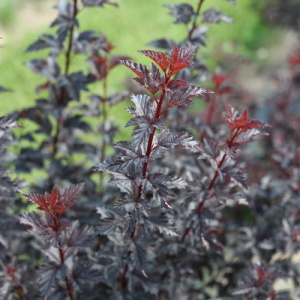 Features
Features
Rich, dark purple foliage all season and soft pink flowers in late spring. Adaptable. Easy to grow. Native. This variety has superior resistance to powdery mildew, a common problem with ninebark.
Characteristics
Plant Needs
Great as a landscape shrub and as a cut flower. Good in groupings and masses, perennial and shrub borders, use in containers (plant in ground in fall). This is a tough, adaptable plant that is ideal for difficult sites.
Adaptable to difficult situations. Withstands acidic and alkaline soils. Medium moisture is best but can tolerate dry conditions once established. Prefers open sites with good air circulation. This variety has good resistance to powdery mildew. Best if pruned immediately after blooming. Buds set the summer prior to blooming. May benefit from a good hard pruning as a young plant. Fertilize in early spring by applying a slow release fertilizer specialized for trees and shrubs. Follow the label for recommended rate of application.
Easy, durable summer color!
An exciting improvement to Ninebark, Summer Wine combines the fine texture and compact branching of Physocarpus ‘Nana’ with the dark foliage of Physocarpus Diabolo. Smaller than other ninebark varieties, Summer Wine is an easy way to introduce wine colored foliage into the home garden. It is fast growing and has few, if any, pest problems. Its graceful, arching habit makes if very appealing in the landscape. It adds beautiful color and vibrancy to your garden, especially in spring. In early June it blooms with white button-like flowers that accent the leaves nicely. Pruning and other maintenance is rarely needed. Use it as a bold accent or part of a mixed border. Summer Wine may even be cut for use in arrangements. This is a trouble-free addition to either the home or commercial landscape.
Consumer Comment:
I bought 5 of these for privacy for my front yard patio. I have had them in for a little over 2 years. I put them in the ground in fall. They did well over a cold Michigan winter. I pinched the tips as directed the first year. The next year I couldn’t help but let it go to see the flowers. They were just beautiful. They are white but look pale pink in contrast to the deep purple leaves – they looked like little buttons. I did trim them down twice to control their growth. They grew about 2 feet more this year. They filled out nice and full also. A couple of new branches bloomed again this October. I cannot tell you the compliments I have received.
C Kaczmarek, MI
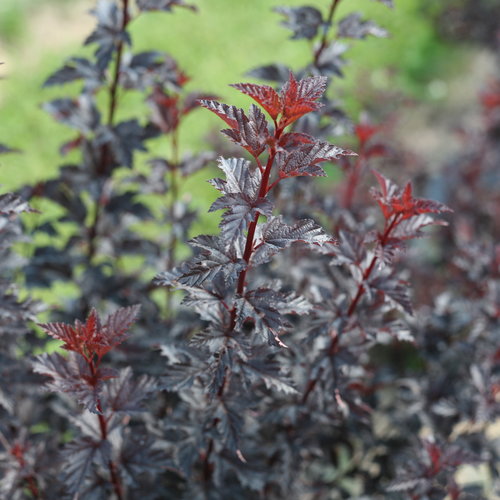
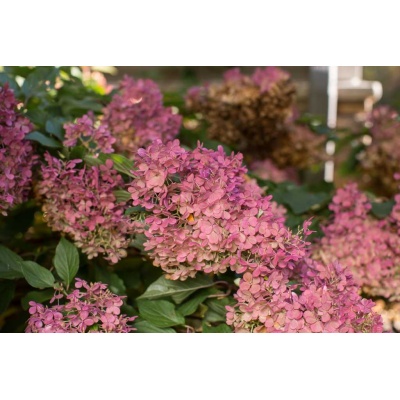
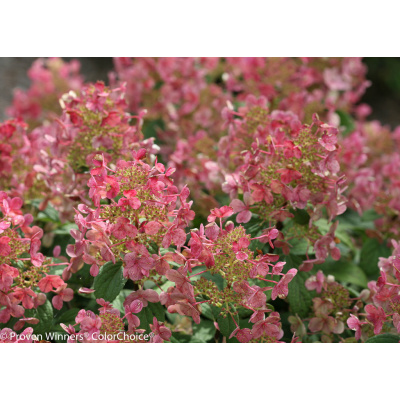
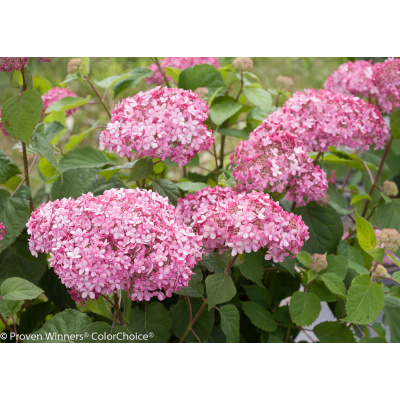
Reviews
There are no reviews yet.